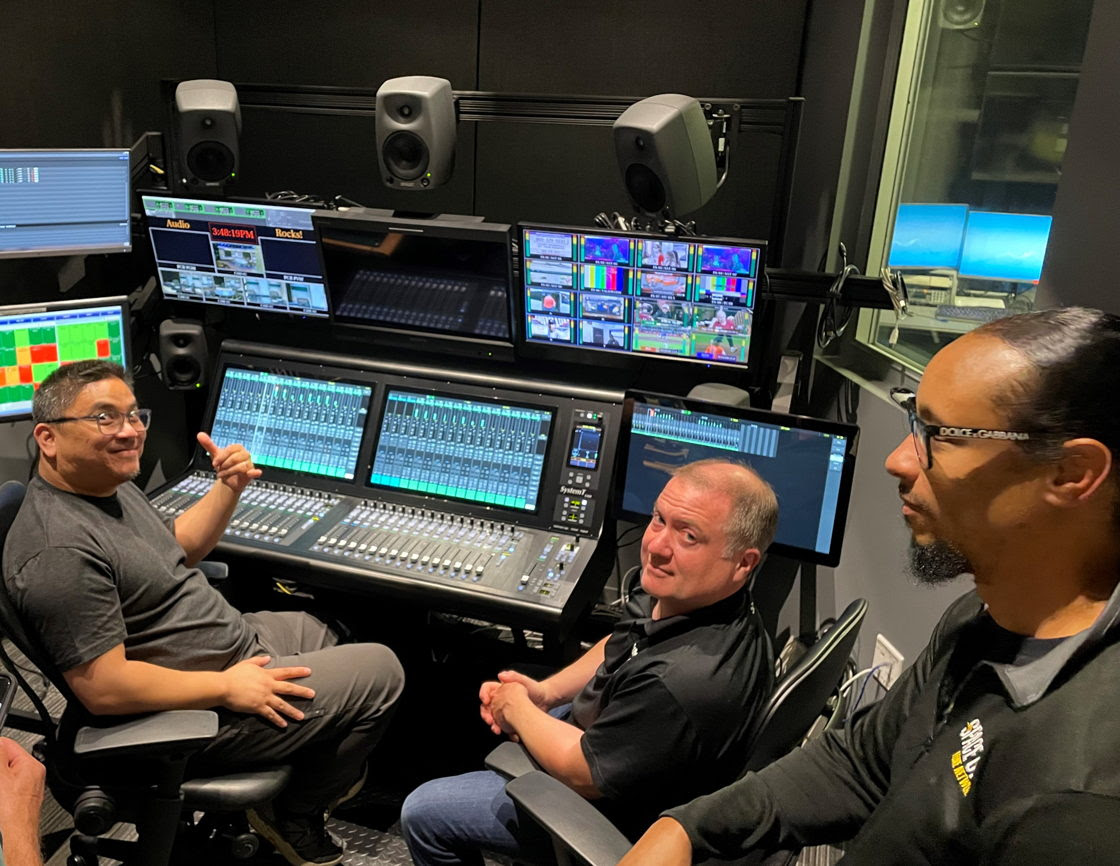Multichannel AES Connectivity Part Two of Two: Taking the Hint on RJ45
With diminishing rear panel space and increasing channel count driving manufacturers towards higher-density connectors like the venerable DB-25 to carry multichannel AES audio, plenty of room is left for other innovations. A major drawback of the DB-25 approach is the cost of the cables. This is driven by the cost of materials as well as assembly time.
A company called Radio Systems in Logan Township, N.J., innovated a system called Studio Hub that makes great alternate use of another very common connector: the RJ45. Popularized and made very inexpensive by the huge growth of networking, the 8-pin RJ45 connector is a familiar sight to nearly everyone, as are the patch cables to connect gear together. See where this is headed?
Through inexpensive adapters, the Studio Hub system allows two balanced pairs to be carried over a single RJ45 connector. These can be analog audio channels or AES pairs, and the adapter plugs into the XLR connectors on the equipment and terminates in an RJ45 jack ready for connection via a cable to another device with a similar adapter. Clean, elegant, and inexpensive.
Perhaps more manufacturers will take a hint from several radio manufacturers and actually integrate the RJ45 connectivity directly into the product, removing the need for an external adapter and saving precious rear panel space in the process. It is an idea whose time has come. Mis-wiring of multichannel audio systems increases setup time and frustration and can lead to bad audio content being generated or broadcast. Simplifying the process benefits everyone.
The professional video industry's #1 source for news, trends and product and tech information. Sign up below.
